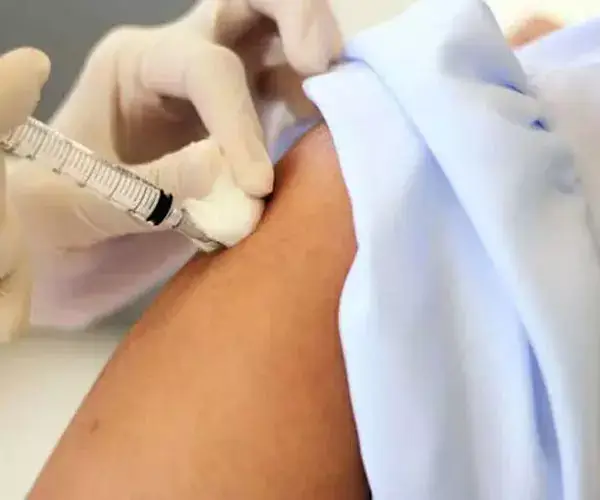Can a Phlebotomist Give Injections
By Dr. Stephen Cosentino
PRESIDENT OF EMPIRE MEDICAL TRAINING
Phlebotomists are medical assistants trained to draw blood from patients. In certain situations, they may be allowed to take other types of medical samples and to perform basic lab work.
Phlebotomists work under the supervision of a registered nurse, physician, or other licensed medical professional, depending on the setting. In most jurisdictions, they need to be certified, but the licensing process is not as involved as for nurses, physician assistants, and doctors.
One question that comes up often among patients — and providers not familiar with phlebotomy — is, can a phlebotomist also give injections, not just take blood?
Can a Phlebotomist Give Injections?
The answer is generally no, phlebotomists can’t give injections.
Phlebotomists are trained and usually certified to take blood only. They can draw blood for a nearly endless variety of medical tests and treatments, and they can prepare and dress the treatment area, but they’re not allowed to inject anything into the patient.
Phlebotomists may work with or under aesthetic nurses or medical nurses, who are trained and certified to give injections. And specially trained phlebotomists may be permitted to give injections in certain settings.
Typical Phlebotomist Job Duties
Phlebotomist duties revolve around drawing blood and other body fluids from veins, and preparing fluid samples for processing in a lab. Specific duties include:
- Informing patients about the procedure they’re about to undergo
- Preparing the skin around the draw area to reduce infection risk
- Finding a suitable vein to draw blood
- Drawing blood
- Securing and organizing blood samples for transport to a lab
- Cleaning and organizing the clinical areas they’re responsible
- Performing data entry and paperwork as needed
Note that this list doesn’t include anything about giving injections. Most phlebotomists aren’t licensed or certified to give injections. Doing so could result in disciplinary, regulatory, or even legal against the provider and their supervisor.
With special training, there are exceptions to this rule. Specially trained phlebotomists who receive additional certification can do more with patients, including:
- Drawing blood from arteries, which is riskier than drawing from veins
- Setting up and connecting IV drips, which is usually a nurse’s job
- Giving injections via hypodermic syringe
Licensing and Training Requirements for Phlebotomists
Phlebotomist licensing requirements vary by state. They’re not as involved as those for nurses and other medical professionals, and much of phlebotomists’ actual training occurs on the job.
Can a Phlebotomist Perform Cosmetic Procedures?
Phlebotomists are not among the types of medical professionals authorized to inject Botox® or dermal fillers. Even those who’ve received special training to perform injections generally don’t perform these sorts of subcutaneous procedures, sticking instead to intramuscular injections like vaccines.
Phlebotomists who want to work alongside cosmetic surgeons and other aesthetic professionals need to invest in additional training, certification, and licensure.
Career Advancement Opportunities for Phlebotomists
Many medical professionals who begin as phlebotomists go on to become nurses, physician assistants, and even physicians.
The easiest path for those who’d like to give cosmetic injections is to become a registered nurse, then enroll in master injector training with an accredited aesthetic medical education provider. Nursing curriculum prepares future nurses to perform many different types of injections, but it doesn’t focus on the specific techniques and materials used in minimally invasive cosmetic procedures.


